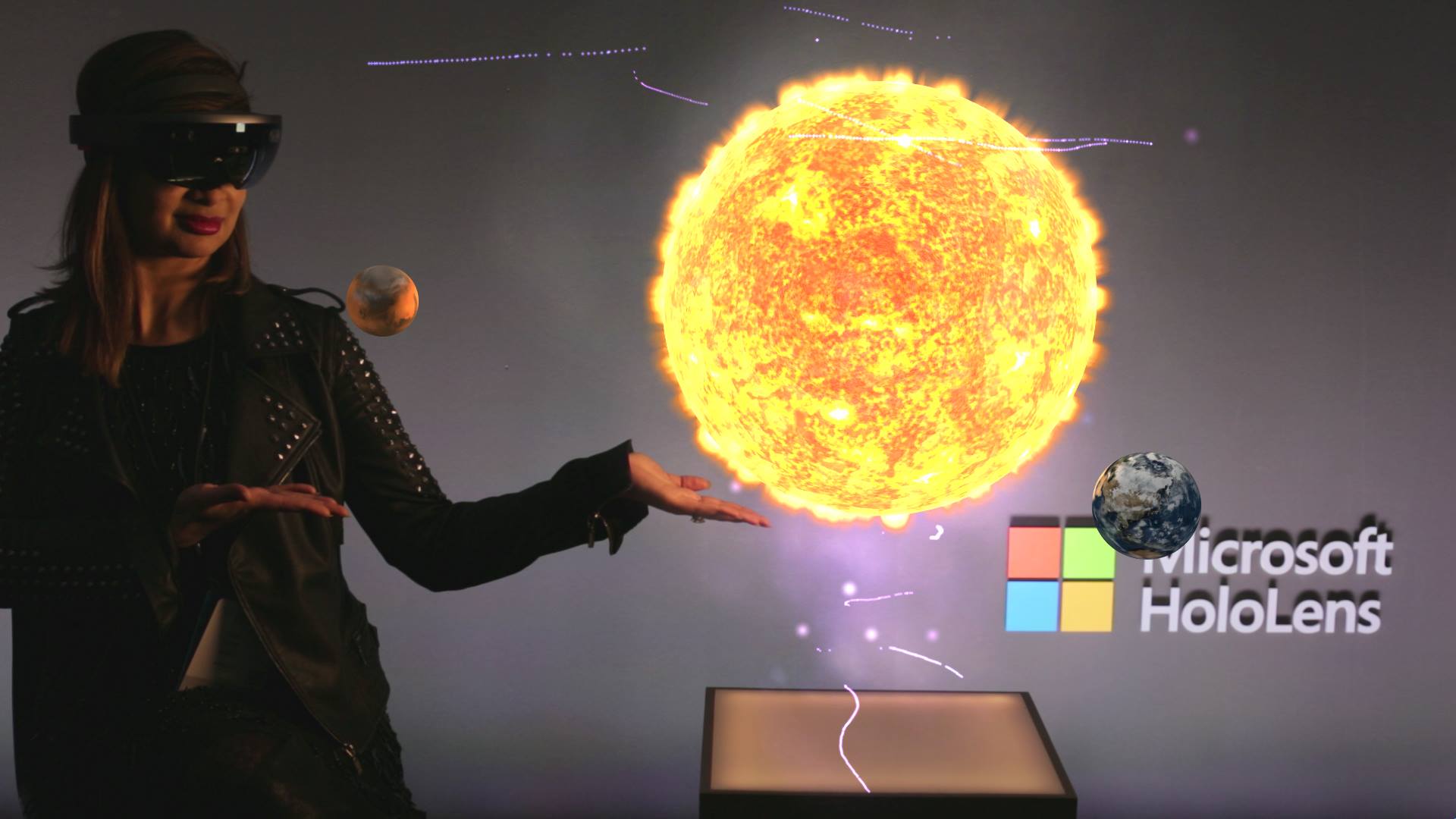
On December 5, Qualcomm introduced its own Snapdragon 845 processor, the corporation’s strongest processor yet.
Senior Vice President and General Manager for Mobile in Qualcomm Technologies, Alex Katouzian, shared the the 845 will enable a variety of advanced computing capacities.
Powerful Hollywood-quality 360 degree picture and video capture, immersive strengthened and virtual-reality (VR) experiences, incorporated AI that learns customers, vault-like security, gigabyte LTE, and much longer battery life will be enabled by this newest chip from the firm whose technologies electricity virtually each smart and smartphone device over Earth.
So what about HoloLens 2.0?
The 411 about the Snapdragon 845
The debut of the chip (as with all its chips) is that the end result of Qualcomm’s years of cooperation with partners. Qualcomm starts working with spouses three years in front of a chip debuts so it can design the processor to spouses’ needs. A 2017 introduction and 2018 launch of their 845 in partner products signifies Qualcomm started its alliance for the 845 using Microsoft (and many others) no later than 2015 the identical year HoloLens was introduced.
Microsoft’s currently working on HoloLens 2.0, which is requested at 2019. A revision to the HoloLens roadmap resulted in Microsoft bypassing a variant, allowing it to transfer the planned third model a year before.
Will the complex AI and augmented reality (AR) capacities of the Snapdragon 845 replace Microsoft’s custom Holographic Processing Unit (HPU) in its own second-generation AR headphone? Or will Microsoft continue employing a personalized HPU to empower HoloLen 2.0’s AR capacities? Given their partnership and also the synergy of Qualcomm’s and Microsoft’s missions, which include border computing and mobile PCs, that’s a fair question. However, unless things have changed, Microsoft is advancing its own custom made HPU for another generation HoloLens.
Microsoft’s custom HPU
Microsoft’s first-gen HoloLens impressed many when its creator and futurist Alex Kipman demonstrated that it erupts in 2015. A completely untethered, wearable holographic pc was something out of science fiction. However, it had been real. Among the specs which power this device, Microsoft whined about the custom made HPU it needed to layout to produce the device a reality.
This HPU Gets the input from a diverse array of sensors around the HoloLens. Including four environmental sensors, an inertial measurement unit (IMU), four head-tracking cameras, an infrared camera and a custom made thickness sensor. It is in charge of aggregating this input together with the moves and gestures of the wearer as he interacts with both the physical and electronic environments.
The HPU is a 28nm custom-designed TSMC-fabricated coprocessor. It’s 8MB of SRAM as well as organized in 12 clusters, are 24 Tensilica DSP cores. It also has 65 million logic gates and is still capable of doing one trillion calculations per minute. Before settling to the Tensilica cores, which were selected due to their flexibility, Microsoft entertained other options. Those other chips didn’t fulfill Microsoft’s goals for overall performance, yet. Microsoft finally added 300 custom directions to the Tensilica cores.
All this tech talk only suggests the HPU was critical to making the HoloLens that the only fully self-contained holographic wearable computer. It seems that Microsoft is dedicated to driving this invention ahead in HoloLens 2.0.
HoloLens 2.0 and HPU 2.0
In July of the year Marc Pollefeys, Director of Science for Microsoft’s HoloLens division, said):
Today, Harry Shum, executive vice president of the Artificial Intelligence and Research Group, announced in a keynote address at CVPR 2017, the next version of the HPU, now under development, will comprise an AI coprocessor to and optionally execute DNNs. The chip supports a huge variety of layer forms, completely programmable by us. Harry showed an early spin of the next version of the HPU running live code alongside hands segmentation.
So as of July 2017, the HoloLens 2.0 is sporting the next version of Microsoft’s custom HPU which will also contain, as has been previously reported, an AI coprocessor.
Why write this bit?
Qualcomm’s 845 announcement included a variety of capacities this chip will empower. Immersive AR experiences was one of these experiences. Given that we are hoping to find that the 845 in new apparatus from 2018, some might feel that’s plenty of time for your chip to replace the custom made HPU at a 2019 second-generation HoloLens. However, Microsoft is dedicated to the custom made HPU with integrated AI chops.
Augment your reality
An vision of AR in everyday life.
Although the second-generation HoloLens will not receive the 845 treatment some might have expected, perhaps we’ll see HoloLens-inspired AR cans from OEM partners utilizing the chip at the foreseeable future.
It would be fantastic to find that the AR intense of Microsoft’s Mixed Realty assignment embraced by OEMs and driven from Microsoft as we’ve seen VR promoted and promoted this year.
Do you believe AR will be the future of computing Microsoft envisions? Are you really looking ahead to OEMs bringing AR headphones to promote?
Source
http://windowscentral.com/will-hololens-20-use-qualcomms-845-snapdragon-processor
The post Can HoloLens 2.0 utilize Snapdragon 845 rather than Microsoft’s custom processor? appeared first on HoloLensVirals.com - Latest HoloLens News.
source http://www.hololensvirals.com/can-hololens-2-0-utilize-snapdragon-845-rather-than-microsofts-custom-processor/

No comments:
Post a Comment